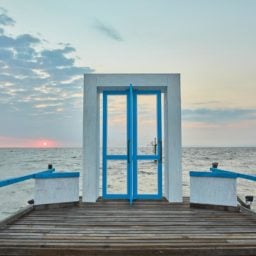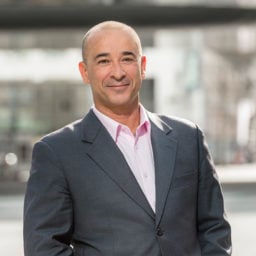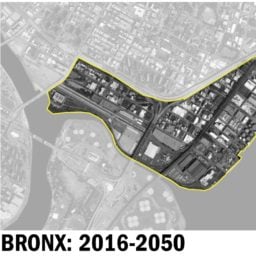If you’ve been to any of the three global editions of Art Basel, the opening of the behemoth fair’s latest initiative, Art Basel Cities Buenos Aires, felt nothing out of the ordinary. On Wednesday, a delegation of 100-or-so international VIPs—curators, collectors, and museum directors—swiftly worked their way to the bottom of requisite piles of champagne.
The bubbly reception—attended by the Hirshhorn Museum’s curator Gianni Jetzer, Brett Littman, the director of New York’s Drawing Center, and the Brussels-based collector Alain Servais, among others—marked the launch of the new and nebulous Art Basel Cities program.
The experimental collaboration among the fair, the local government, and key galleries and institutions seeks to raise the city’s profile on the global art-world stage. As Art Basel’s global director Marc Spiegler explained at the launch, the idea is to offer Buenos Aires the “Art Basel effect”—just without the art fair part. The entire program was developed with input from key players in the local scene and signed off by the government.
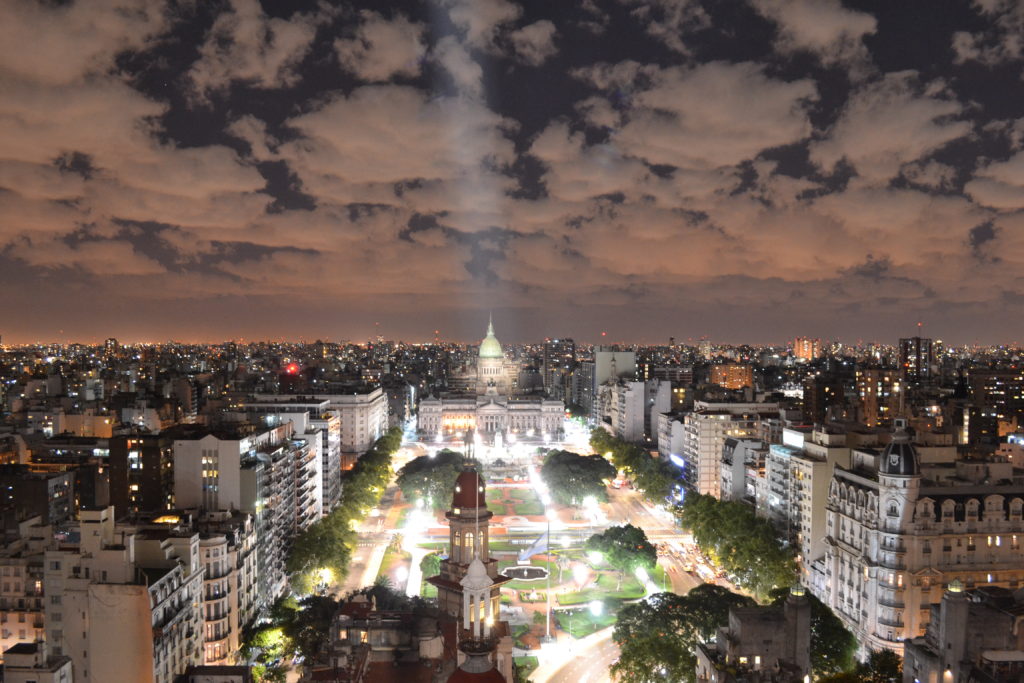
Congreso de la Nacion. Courtesy of the City of Buenos Aires.
“Each year, South Florida gets a calculated bump in revenue of half a billion dollars because of Art Basel Miami Beach,” Spiegler told artnet News. “We never ask them to invest in the fair, but if we had, they would have been happy to.”
The project—funded through a combination of public money and private sponsorship—is the result of a two factors: a push on the part of Buenos Aires’s local government to expand arts initiatives and broader free market reforms put in place by Argentina’s president Mauricio Macri, who took office in 2015.
The dealer Leopol Jose Maria Mones Cazon, of the Buenos Aires-based Galerie Isla Flotante, noted that while some galleries have been participating in international art fairs and events for years, the market has been slower to develop inside the country.
“The local art scene has been invalidated for many years for political reasons,” Patrick Foret, the director of business initiatives for Art Basel, told artnet News, referring to the country’s long history of protectionist policies. “We have now a government in Argentina which is much more open to international exchange.”
Professional Development
The first public chapter of the initiative kicks off this weekend with a packed program of talks and workshops designed to offer professional development tools to artists and local institutions.
The events, which coincide with the art fair ArteBA, will be held at the newly christened Art Basel Cities House, a 19th-century Beaux-Arts building furnished like a hip startup. Glorious French doors and ornate wainscoting commingle with long communal worktables, massive floor cushions, and dry-erase boards.
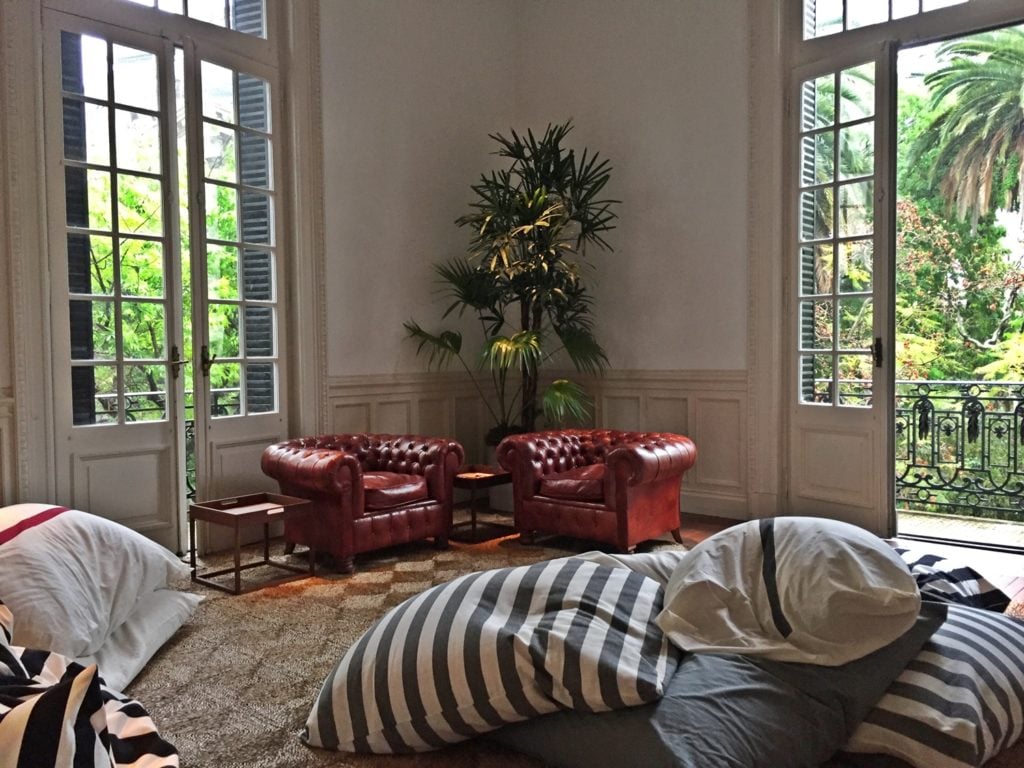
Interior of the Art Basel Cities House in Buenos Aires. Photo: Janelle Zara.
Throughout the weekend, Art Basel will host 33 hours of workshops and coaching sessions at the house with speakers including Pablo Leon De La Barra, a curator at the Guggenheim, Victoria Noorthoorn, the director of the Museo de Arte Moderno in Buenos Aires, and Hans Ulrich Obrist, the artistic director of the Serpentine Galleries in London.
Cosmin Costinas and Frances Wu Giarratano of the Hong Kong contemporary art center Para/Site will host a master class on Friday focused on how to develop an audience, while Stefan Benchoam of Guatemala City’s pint-size museum NuMu will focus on alternative nonprofit models.
No More Fairs
Spiegler was eager to reiterate that despite the “pre-fair mood,” the company has no plans to launch a new edition of the Art Basel fair in Buenos Aires—at least not now, or in the near future. “There’s a limited capacity for the art world to generate enough work to fill a fourth Art Basel fair with the same level of quality,” he told artnet News.
“For Buenos Aires, the idea is that the city’s investment that will be recouped through economic development, as well as the very valuable thing of positioning itself as a cultural capital. Fortunately with us as a partner, we can bring in a lot of funding.”
Indeed, as with previous Art Basel ventures, sponsorship money is plentiful. The company announced this week that its longtime supporter, UBS, would act as the lead sponsor for the Cities program. Audemars Piguet, BMW, and Chandon signed on as well. The initiative has also successfully secured sponsorship from local corporations such as Aeropuertos VIP Club, Bodega del Desierto, and Bodega Colomé, further bolstering its undisclosed programming budget.
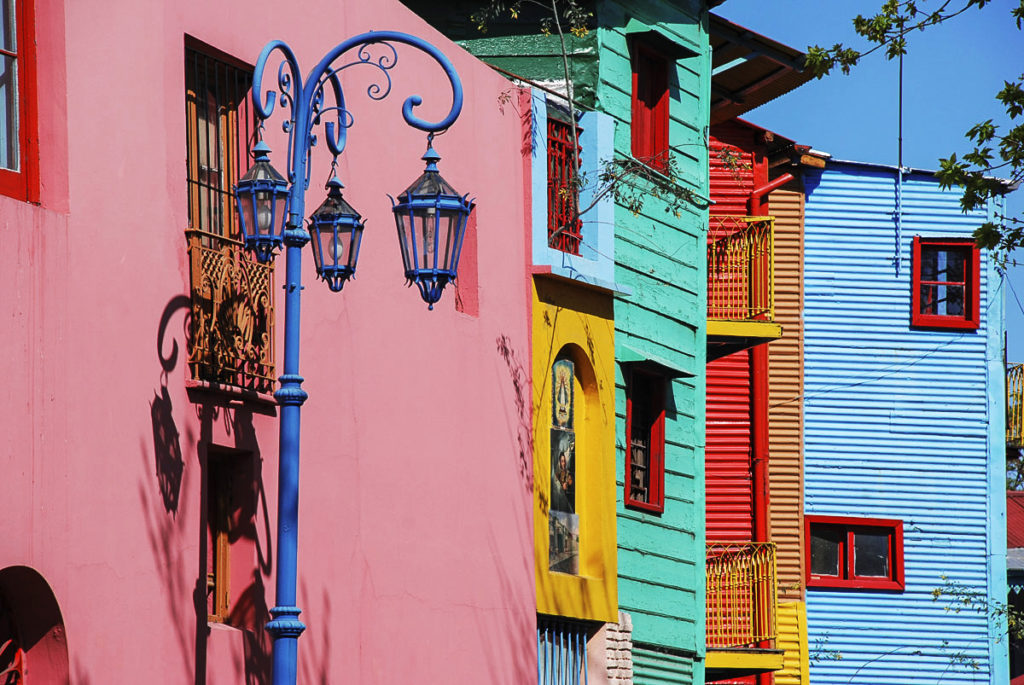
La Boca in Buenos Aires. Courtesy of the City of Buenos Aires.
The government of Buenos Aires itself has also lent a great deal of funding, especially for Art Basel’s partnerships with local institutions. In this respect, though, Foret had to be careful.
“We’ve been very cautious when talking to the city about finding funding. What we didn’t want was for us to come into town and suddenly find that the funding for institutions would have been impacted by our presence and our ambitious program,” he said. (A representative for Art Basel declined to specify the exact ratio of public to private funding.)
Buzz and Money
Despite the flashy opening, the organizers insist that the project is designed as much to generate cultural infrastructure and money for local art institutions as to generate buzz. Currently, Art Basel Cities is promoting the crowdfunding of projects for local nonprofits—including a new kitchen and communal dining space for the gallery La Ira de Dios and the first catalogue printed by the independent art space Móvil—on its Kickstarter page.
Next on the agenda, Cities will sponsor professional residencies and internships for Argentinian students at international galleries and other art institutions.
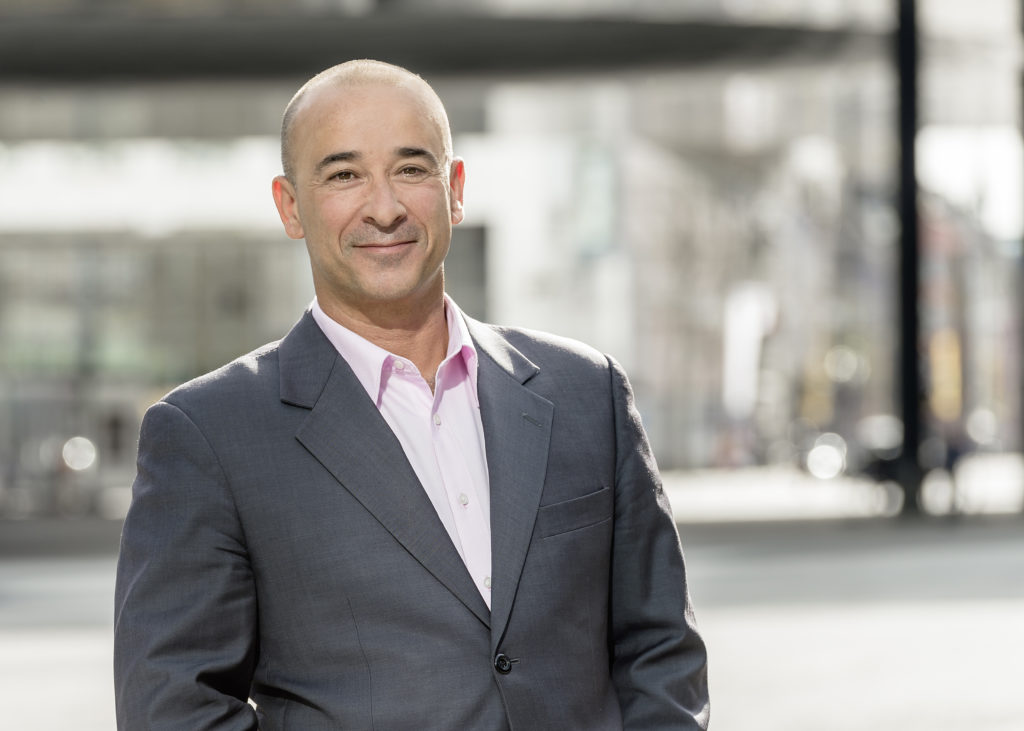
Patrick Foret, Director of Business Initiatives, Art Basel. Courtesy Art Basel.
The entire Buenos Aires initiative will culminate in September 2018 with Art Basel Cities Week, six days of yet-to-be-determined public programming organized by curator Cecilia Alemani, who was recently named artistic director of the project. The initiative will be accompanied by a citywide public art program. “I think it’s a very good moment for Buenos Aires,” said Adriana Rosenberg, the director of the local art center Fundación Proa.
Foret has described Art Basel Cities as a “multi-year engagement” with no clear endpoint. Art Basel plans to track the measurable, long-term effects of initiatives like these on art tourism and market transactions well into the future.
“We are commissioned by the government of Buenos Aires, who want to see this art scene grow and establish strong connections internationally, and create opportunities for cultural exchange internationally,” he said. “But our client is not the government; the first client we have is actually the Buenos Aires art scene.”








